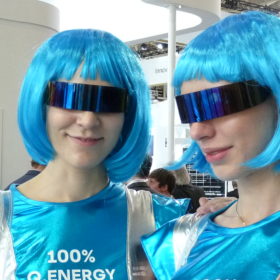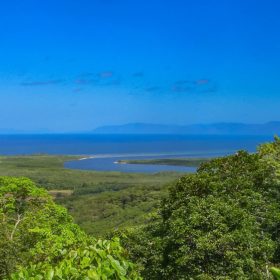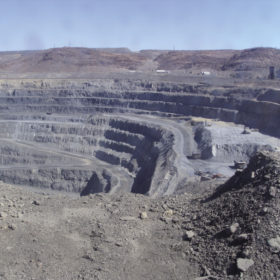The year in solar, part II: A lively show season, more legal shenanigans and rising panel efficiencies abound
Intersolar Europe is always a key date in the solar calendar but this year’s show had it all, including three panel-smuggling arrests. Elsewhere, wafers were getting bigger, efficiency records were tumbling and new technologies were emerging. There was also more news on the solar car ports fad and Hanwha’s ongoing legal tussle.
The state of solar sustainability
As part of pv magazine’s UP initiative, we asked our readers how they felt about sustainability in solar, whether they or their customers were willing to do something about it, and how they saw the conflicting goal of profitability.
A solar-powered irrigation pump with pay-as-you-go option
Comet-ME has developed a solar-powered submersible borehole piston pump for off-grid communities and smallholders to use for irrigation and domestic purposes. The device, compatible with PV systems from 300-900 W in size, can pump water from 45m with as little as 50 W of continuous solar power.
The weekend read: Guilt-free solar flying?
Synthetic kerosene produced from green hydrogen promises emissions-free air travel. That sounds good – and it does not even cost that much. But there is still much more work to be done. After all, only fuel-cell airplanes can make hydrogen-powered flight truly climate-neutral, and it will take some time before these aircraft are ready for widespread use.
EU Commission presents ‘historic’ European Green Deal plan
Described as “historic”, the draft outlines the future climate protection course of the European Union. Overall, the EU should become climate neutral by 2050, and trigger €1 trillion in investment. €100 billion is expected to be made available for the transition. This is to be formalized in a climate law in the coming months. Although solar was noticeably absent in the draft, plans have been detailed by SolarPower Europe as to how it could be included.
Solar to the fore as Athens Airport announces plan for net zero carbon ground operations by 2025
Greece’s largest international airport has set a goal to operate as a net zero carbon emitter by 2025, mainly via investing in on-site solar. Should the goal be met, the airport will be Europe’s first to rely on self-generated electricity and operate with net zero emissions.
The weekend read: Taking the lead
This quarter, pv magazine‘s UP Initiative focuses on lead – a toxic heavy metal that’s present in many PV technologies, and one that’s often mentioned in connection with hazardous substances across the green energy supply chain. We take a closer look at the issue and ask what it would mean for manufacturers to replace lead in their modules with more environmentally friendly materials.
Poly-maker Wacker blames Chinese state subsidies for its latest €750m hit
The Munich-based group has reported a big impairment on its polysilicon production assets. The company cited the lack of a recovery in the PV project market, persistently low polysilicon prices and overcapacity in manufacturing, blaming state subsidies to Chinese rivals.
The sustainability game changers
As part of the UP sustainability initiative, pv magazine has, for the first time, introduced an annual sustainability award. After much deliberation, our esteemed jurors reached their final decision. Read on to see who has been crowned 2019’s green champion.
Indonesia plans domestic electric vehicle industry
A presidential decree has enacted a range of incentives for e-mobility roll-out with domestic content requirements increasing over time.










